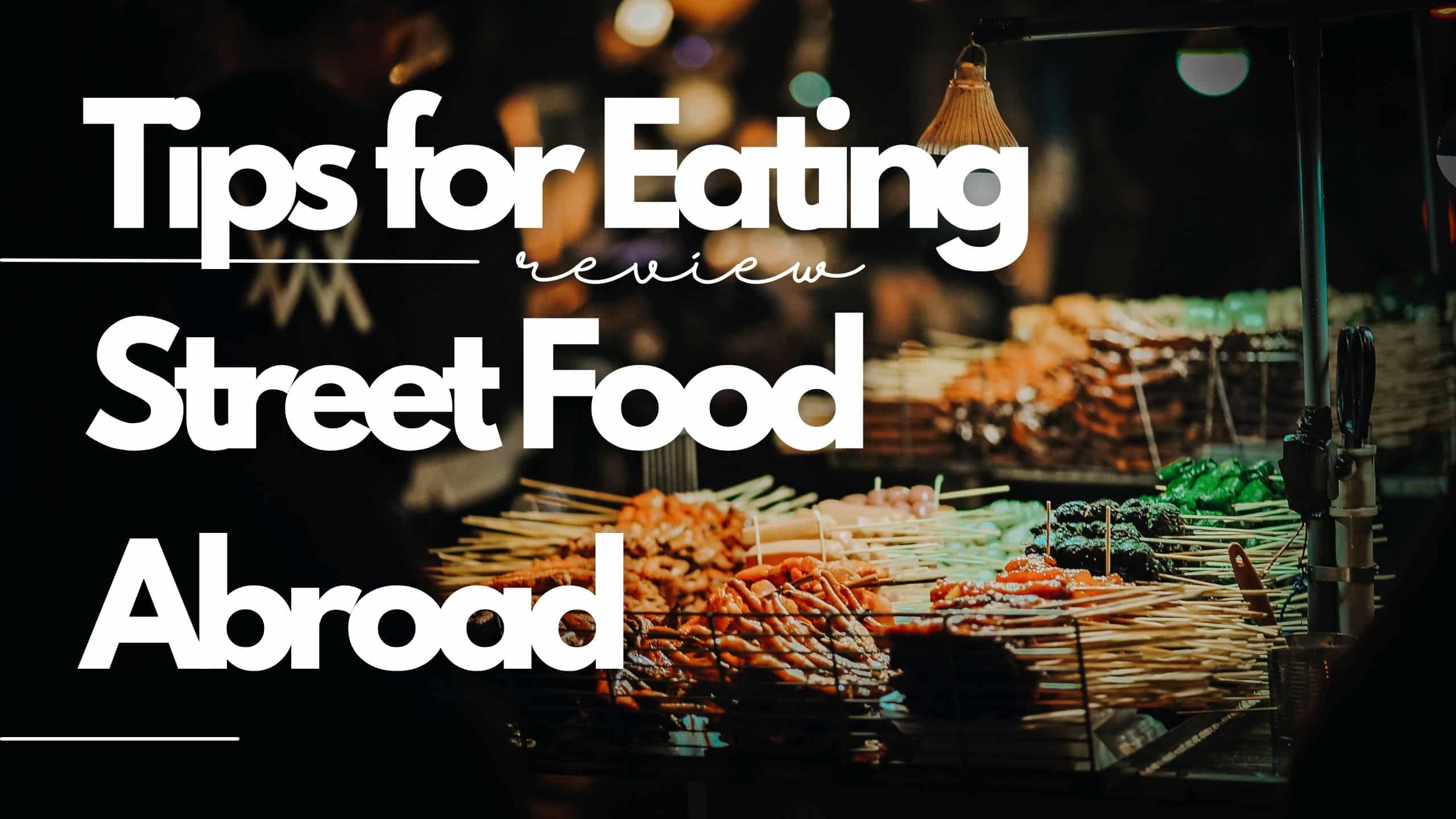
Tips for Eating Street Food Abroad
By TripfixFor countries worldwide, eating street food is one of the best ways to experience local culture and immerse yourself in another country. Many local vendors have done their best to accommodate the influx of tourists and foreign diners by adopting cleaner cooking practices. However, getting too comfortable when eating abroad is dangerous, and you should always proceed with caution to avoid spending a few days sick and bedridden. Here are some tips for eating street food abroad and avoiding getting sick.
Look for Travel Food Warnings
Before embarking and eating at local eateries, it is always good to know what to look out for. Government websites and other travel blogs are good places to start your search, and food review apps like Yelp are also great resources to see what other travelers have experienced. If you encounter reviews such as “Delhi Belly,” “Turkey Trots,” or “Montezuma’s Revenge,” you might want to be extra cautious about what you eat or avoid this restaurant entirely.
Adjust to Local Cuisine
Ease your stomach into local cuisine by eating your first meals from reputable restaurants. This will give your stomach time to adjust to the new types of food, so your stomach doesn’t experience as severe a “culture shock.”
Follow the Crowds
Make sure you only eat at stalls where many people are already eating. Locals know which stalls serve good food that doesn’t sacrifice quality, and many are willing to travel miles to eat at a particular booth. If the booth you’re interested in is packed with people, you can generally assume the food is delicious and safe. If you’re eyeing an empty stall, trust the locals and stay away.
Note Vendor’s Hygiene Practices
You are observing your surroundings, and being extremely careful about where and what you eat is your best bet at skirting any street food-related health illnesses.
Things to consider:
- Does it look fresh?
- Trust your nose. If the food smells bad, it probably is.
- Has it been refrigerated?
- Is it sitting on ice?
- Are different meats being kept apart to avoid contamination?
- Is cold food kept apart from hot food?
- How long do you think it’s been sitting around in the sun?
Note the hygiene standards and habits of the cook, their cooking techniques, and what’s being dished onto the plates.
You will also need to wash your hands with a hand sanitizer and follow proper hygienic practices before eating, or you may get sick!
Watch What You Eat
Avoid stalls with extensive displays of food that have been sitting out. Ideally, you will be able to find a place to quickly see how your food is being prepared and watch it being made in front of you.
When buying meat on sticks, such as sausages or squids, choose pieces either still on the grill or ones that have just been taken off. Look closely at what’s on your fork, chopsticks, or skewers. Always double-check to ensure the meat you’re about to consume is fully cooked, especially if you’re eating chicken. Even if your personal preference is to eat beef rarer, it isn’t worth the risk unless you are confident in the quality of the stand.
You can always play it safe by choosing vegetable dishes over meat dishes. Vegetables are easier to see if they are fresh based on first sight and less likely to spoil. You should also avoid foods made with mayonnaise, and mayonnaise is food items that break quickly. Lastly, if you’re looking for fresh seafood at street stalls, eat at seaside resorts, where you’re guaranteed the fish is freshest.
Water and Ice
Many people are frustrated that food stalls do not carry water or ice without realizing it is for their safety. Water can have many possible diseases and viruses and is one of the easiest ways to get sick and ruin your street food experience. Unless you see the water coming from an unopened bottle or being boiled to make ice, it is better to be safe than sorry and drink without ice.
Bring Your Utensils
It is customary practice in most Asian countries for street vendors to reuse eating utensils such as chopsticks. You may risk contracting a food-borne disease if these are not properly washed. The best way to eat street food safely is to pack a couple of sets of disposable chopsticks or utensils into your bag to have everything you need.
Prepare for Your Allergies
If you suffer from any food allergies, always travel prepared. Learn how to say, “I am allergic to…” in the local language and write it on a couple of notecards so that you can show street vendors if they cannot understand you. This way, you can communicate effectively and be sure that you won’t run into trouble when trying to order.
Ask Yourself, What If I Get Sick?
If you do become ill, your #1 priority is staying hydrated. Foodborne illnesses are extremely taxing on your body, and you must constantly replenish your water reserves. Add Gatorade powder or rehydration salts to your water to maintain sugars and salts.
Seek professional medical advice at a pharmacy or doctor’s office. If you’re unsure where to find a doctor, ask a local where you should go.
If you have a travel partner, ensure you are both washing your hands frequently in case the ailment is contagious.